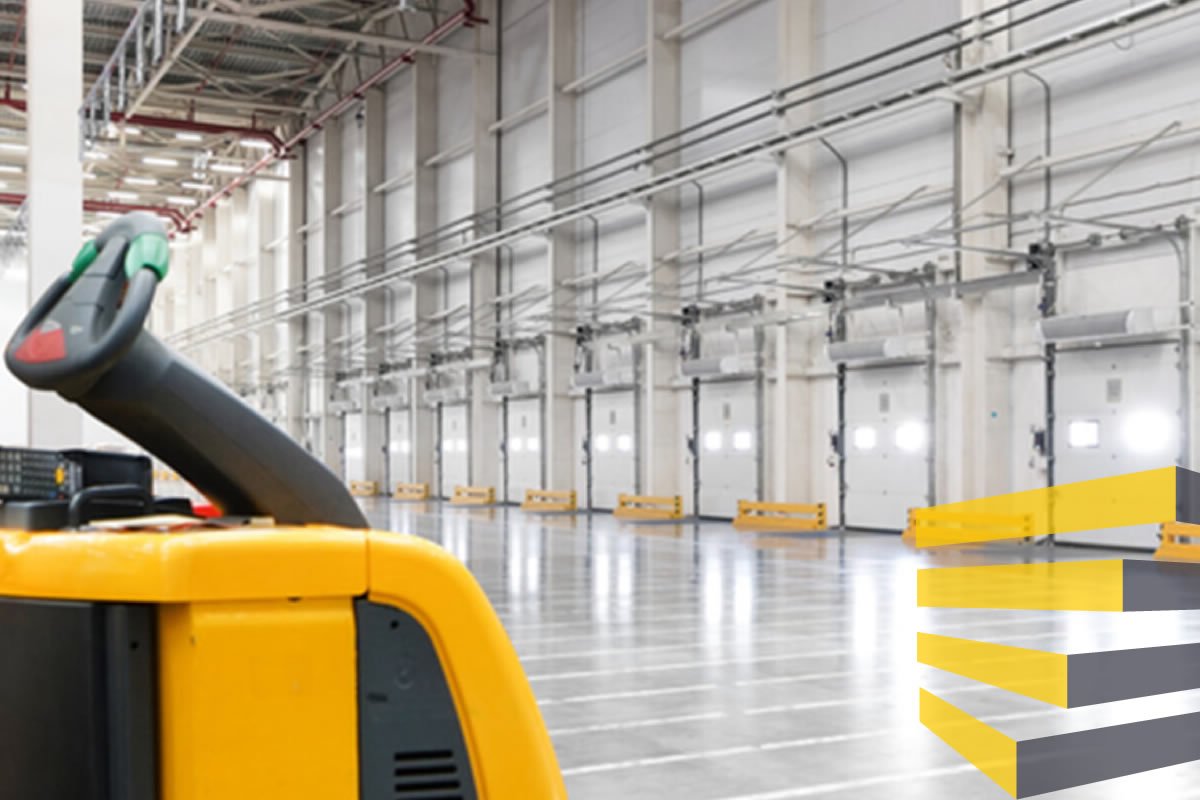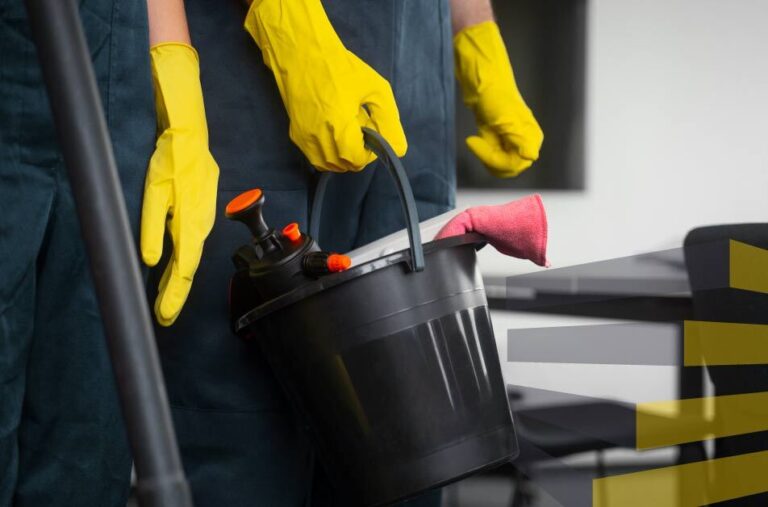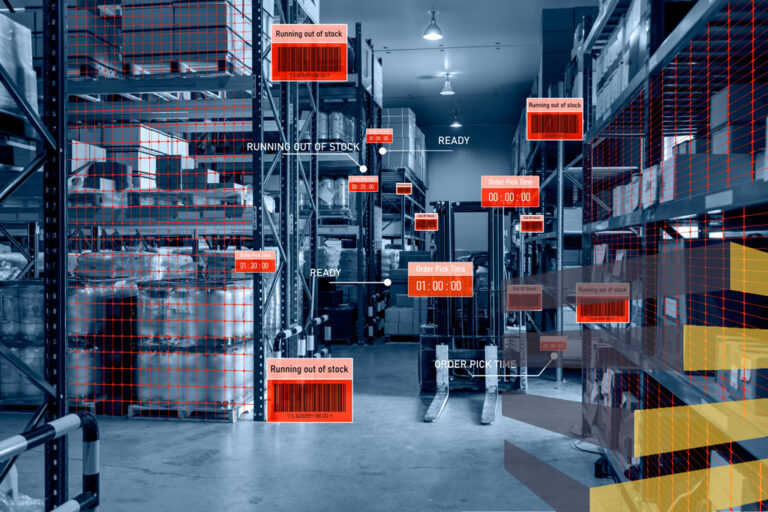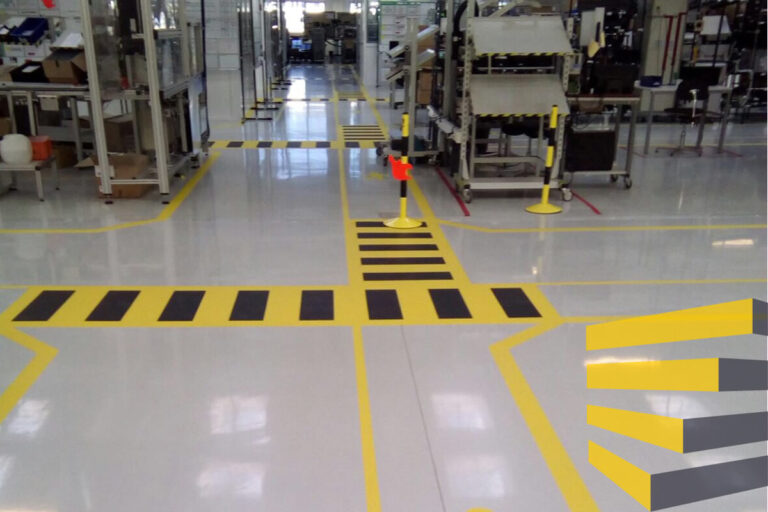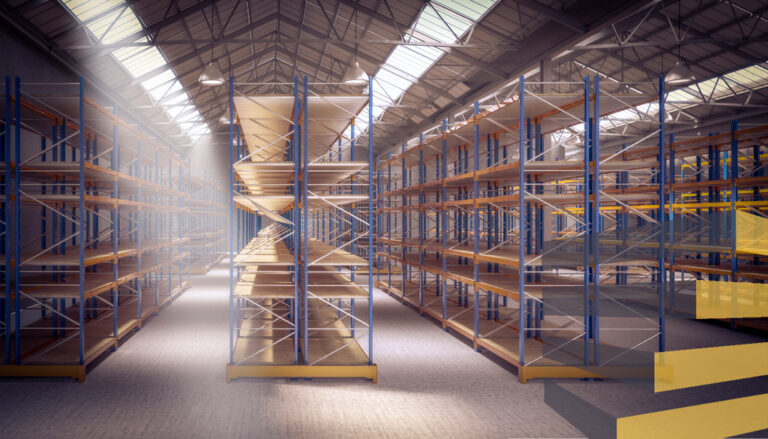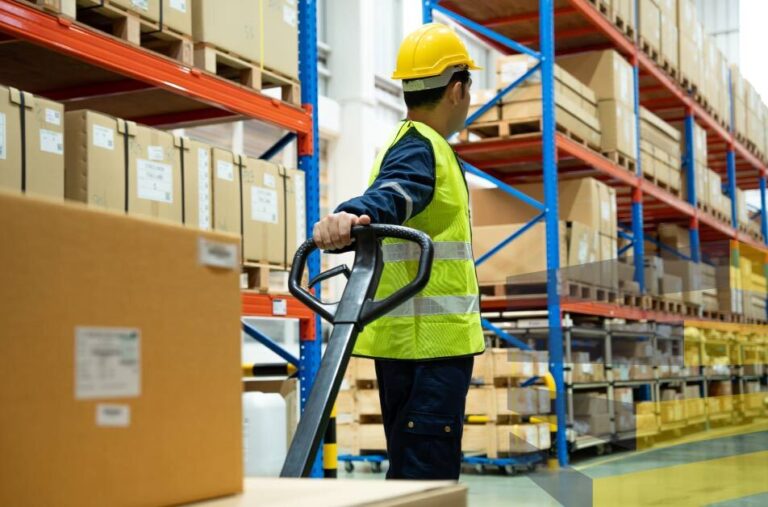Table of Contents
If you are planning on opening a warehouse, you should probably consider working with a specialists who can provide guidance on the correct setup. Every operation will have specific needs, which a professional will be able to take into account, however the following warehouse setup checklist is likely to be applicable to most facilities.
Using a warehouse setup checklist will help you to plan your facility, to make sure it is as efficient and productive as possible. As such, a checklist is closely linked to the warehouse layout design, which a professional provider will help develop as part of any comprehensive setup service.
Beyond the smooth running of the facility, a professional will also guarantee that the facility is safe, in accordance with local safety regulations. In the United States, for example, that will mean adhering to standards set by the Occupational Safety and Health Administration (OSHA). So, if working with a provider in the United States, you will want to make sure they are OSHA certified.
At Serviap Logistics, we provide warehouse setup services in Brazil, Mexico, and the United States. Contact us today for more information.
Warehouse setup checklist: 7 features to install
Their following warehouse setup checklist includes items that are essential in almost any warehouse or distribution center.
Note that this checklist is focused on key infrastructure and does not cover particular equipment or machinery that may be needed to support your production or operations. That will also need to be taken into account and included in the warehouse setup checklist you develop for your individual business.
1) Racking
Warehouse racking is an essential part of the warehouse setup checklist. Thanks to this equipment, there is greater organization and efficiency in operations. Once in operation, racking systems are the backbone of the facility.
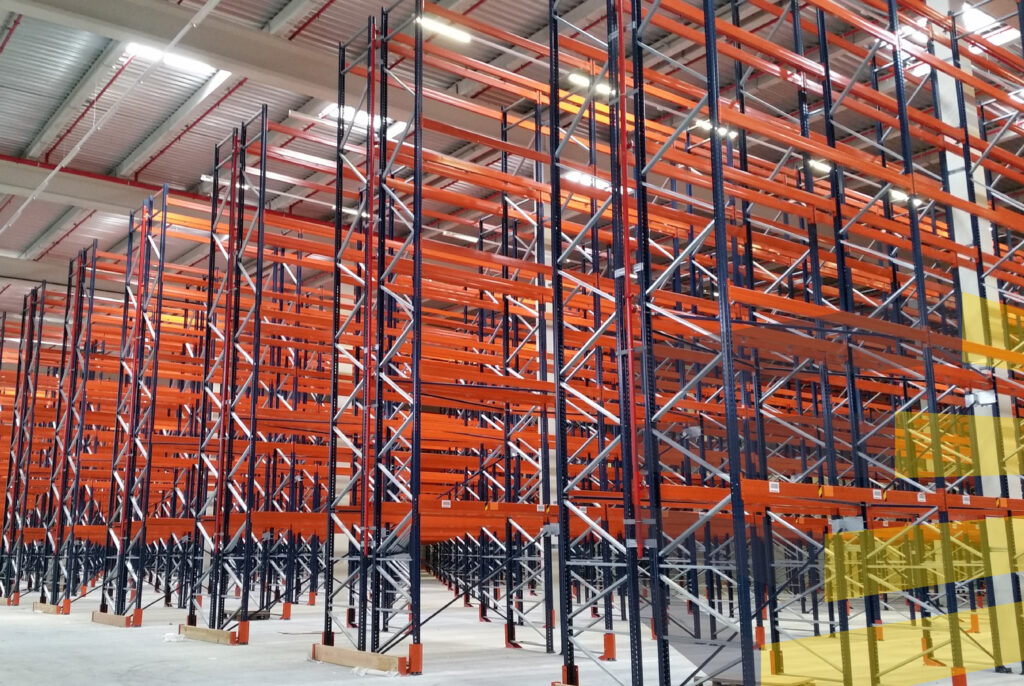
There are different styles of warehouse racking options for different types of goods. Before choosing and installing one, it is important to evaluate your needs to ensure that it contributes to the optimal distribution of space.
The decision involves consideration of the people, goods, and machinery that will circulate through the area when it is in operation. Another aspect to consider is the type of goods, for example, whether they are perishable or not, delivery system, and available space in the warehouse.
2) Floor marking
Another item on the warehouse setup checklist is floor marking. It is crucial to maintaining safety, flow, productivity, and high efficiency in daily operation. There are two main types of warehouse floor marking to choose from: tape or epoxy paint. Making an early decision here will save time and money in the long turn.
These easily visible stripes on the floor let everyone in the facility know how the space should be organized and used. Taping is done with adhesive and durable material, while painting is done with heavy-duty epoxy. There are differences between the two materials that you should consider.
Adhesive tape is cheaper and quicker to apply, so it tends to be more flexible if you think you may change things in the future. Paint has higher costs and requires specific conditions for application, easiest done in setup before installing other features. Paint is also more flexible in terms of customization, as you can adapt designs and spaces as you paint.
3) Signage
One action to consider in the warehouse setup checklist is signge. Warehouse signage should be well displayed, of a good size, and visible to all personnel. Signage is critical because it guides people through the facility and helps keep the space organized. It also plays a crucial role in ensuring safety and circulation between different areas.
Different types of signage can be installed to optimize the warehouse. The specific choice will depend on the type of operation you are running, as signs can vary in color and shape depending on their function.
For example, aisle signage and hanging warehouse signs should be large and clear. Safety signs should be appropriately colored, typically red, yellow, and/or black. Not only are signs required to be the right size and color, but all workers need to understand what each sign means, so it is important to conduct pre-training of personnel prior to operation.
4) Labeling
Warehouse labeling makes it possible to quickly locate and record the stock of inventive and other items. This is important for optimizing productivity. With the explosion of e-commerce, the use of a flexible barcode-based warehouse labeling system has become the most appropriate solution to meet both daily demand and seasonal increases.
It is important to have a clear plan for a warehouse labeling system that can adapt to future needs and work in conjunction with the signage system. The following steps should be considered: space clearance, zone allocation, label size and placement, and staff training.
Shape, size, and material must be taken into account so that the label does not peel, smudge, or rub off. Another issue to consider is the organization of the printed information, since a bad design makes it difficult for the operator to locate or read it.
5) Collision protection
The warehouse setup checklist should never forget protective barriers. In warehouses and distribution centers, there is a constant flow of people, equipment, and heavy vehicles, such as forklifts. This reason is undoubtedly fundamental for the installation of warehouse protection barriers.
These barriers are crucial to maintaining the safety of all personnel. In addition, their installation helps to prevent damage to infrastructure. It is important to understand how the facility will operate and decide where the guardrails and barriers will be placed to ensure safe and smooth operations.
There are different types of barriers, with variables ranging from size, shape to color. Some are designed to be flexible and guide personnel away from dangerous situations, whereas others will be heavy-duty to protect against industrial machinery damaging installations and injuring people.
6) Space optimization
Each area in the facility needs to be large enough so that everyone can work without difficulty. This will depend on the number of people who will be using it, as well as what they will be using it for.
Zones that will have a high through-flow of people need to have ample space set aside, whereas zones for long-term storage can be much more cramped. A warehouse setup checklist will also have to note any special storage considerations, such as refrigeration.
It is important to try to take into account the potential and likelihood that storage needs will change over time, as well as any other adjustments that may be necessary to accommodate growth. Flexibility is of critical importance.
7) Security
Security measures must be considered on the warehouse setup checklist before starting operations. A warehouse without an adequate security system can be at risk as criminal gangs often target storage facilities, especially if high-value goods may be there.
Warehouse security measures must be planned from the start, especially infrastructure. Special fencing can be considered if the warehouse perimeter allows it. Security measures are both internal and external, depending on location and type of protection.
New technologies have strengthened security systems, such as alarms, security cameras, inventory tracking and smart locks. Warehouse layout design should bear in mind how these will interact. It’s not simply a matter of considering which of the main security measures you want to use, but thinking about how many you can afford to run and if they work in unison.
Serviap Logistics offers warehouse setup services
Warehouse setup checklist: not just infrastructure
There are other elements in the warehouse setup checklist that are not physical, such as staff training and operational procedures.
A warehouse is a workspace where heavy machinery, shelving, people, flammable materials, and multiple other life-threatening hazards coexist. To ensure that personnel avoid any kind of hazards that put them at risk, it is important to follow a training program.
Failure to properly train staff is a mistake that can be costly. Employees who know the correct rules for each area can prevent accidents from occurring, helping the warehouse run in an organized and efficient manner. Furthermore, after initial training it will be necessary to continue updating as part of efficient warehouse project management.
If staff are unaware of restrictions and risks, the danger of fatal accidents will always exist. It is important to make personnel aware that the rules must be followed to the letter. It is also recommended to establish an incentive program that rewards good individual and collective behavior.
Serviap Logistics can help with your warehouse setup
At Serviap Logistics, we provide and install warehouse features in Brazil, Mexico, and the United States.
Those include racking, labels, signage, floor marking and collision protection. We also offer project management services, and can oversee your warehouse setup, refit, or relocation from start to finish.
We count some of the world’s biggest companies among our satisfied clients and partners, covering a wide range of sectors, including automotive, e-commerce, and wholesale, among others.
As a family-run company that has grown internationally after starting out in Mexico, we are committed to service excellence and pride ourselves in providing a personalized service to every client.
We are also dedicated to upholding the highest safety standards wherever we work, including being OSHA certified in the United States.
Contact us today to find out more about how we can assist you with a warehouse setup checklist.
If you were interested in this article about warehouse setup checklists, check out the rest of our coverage.



